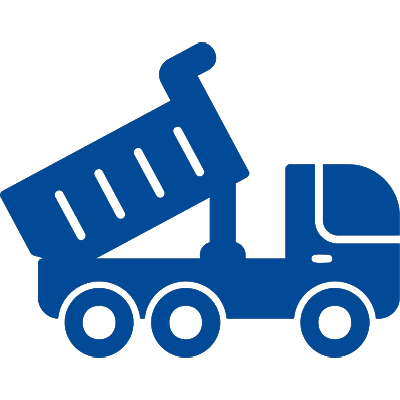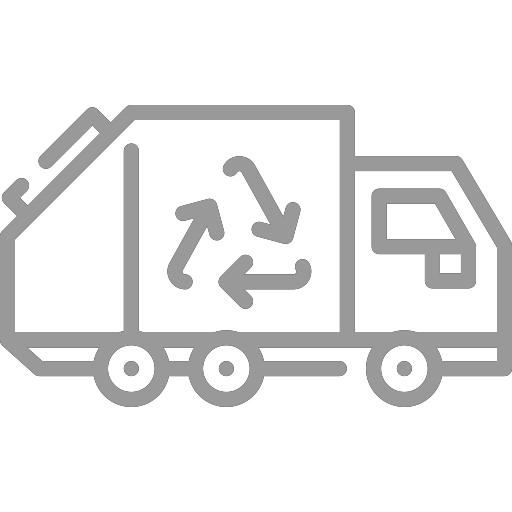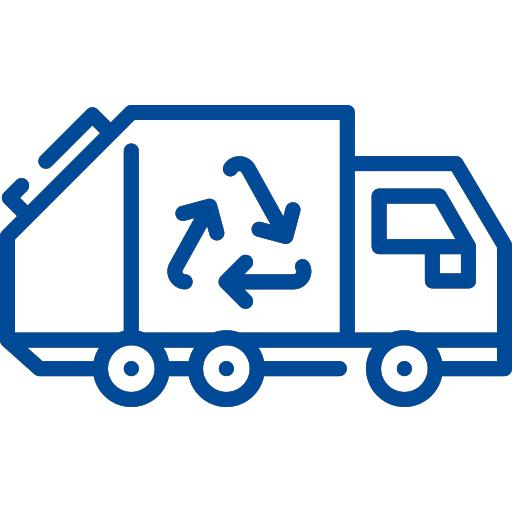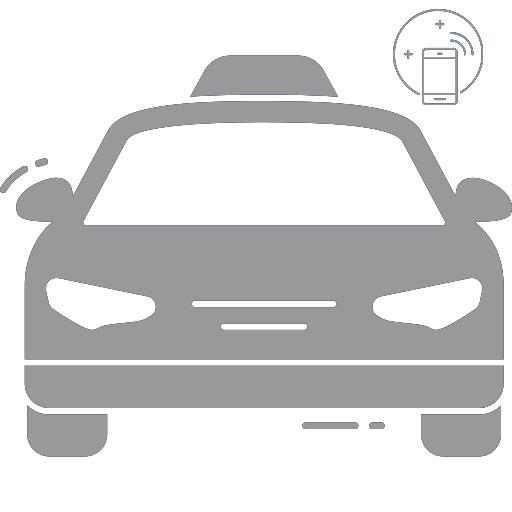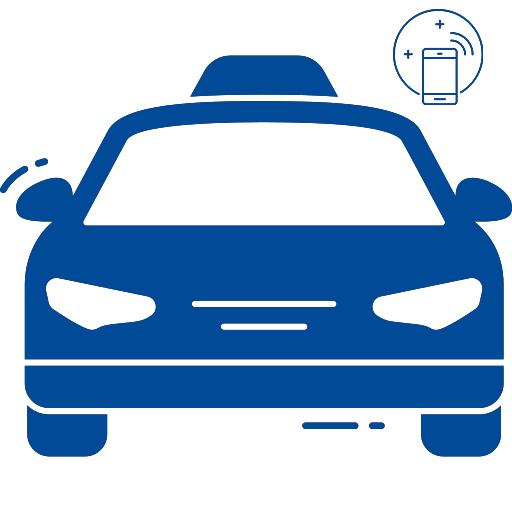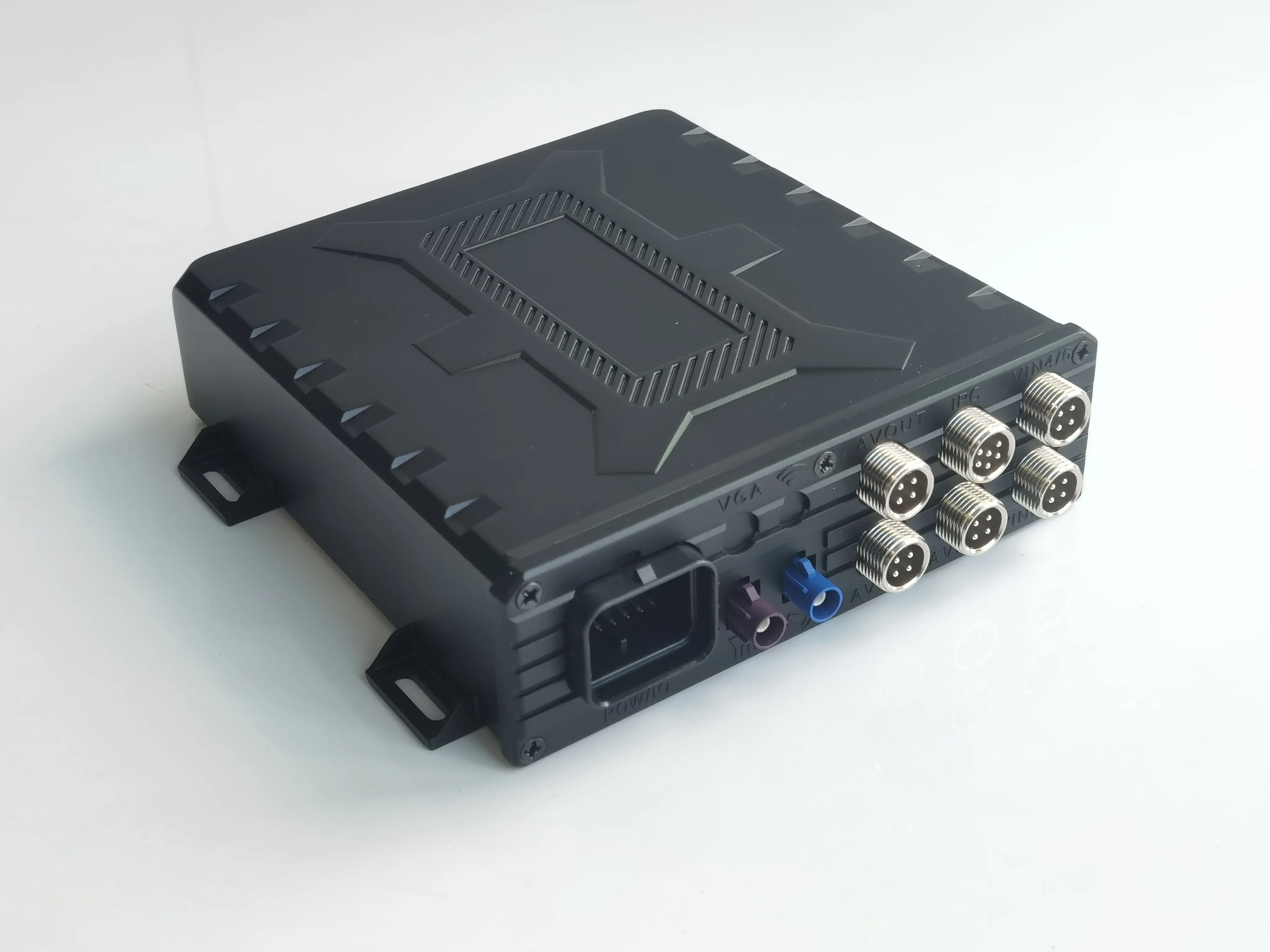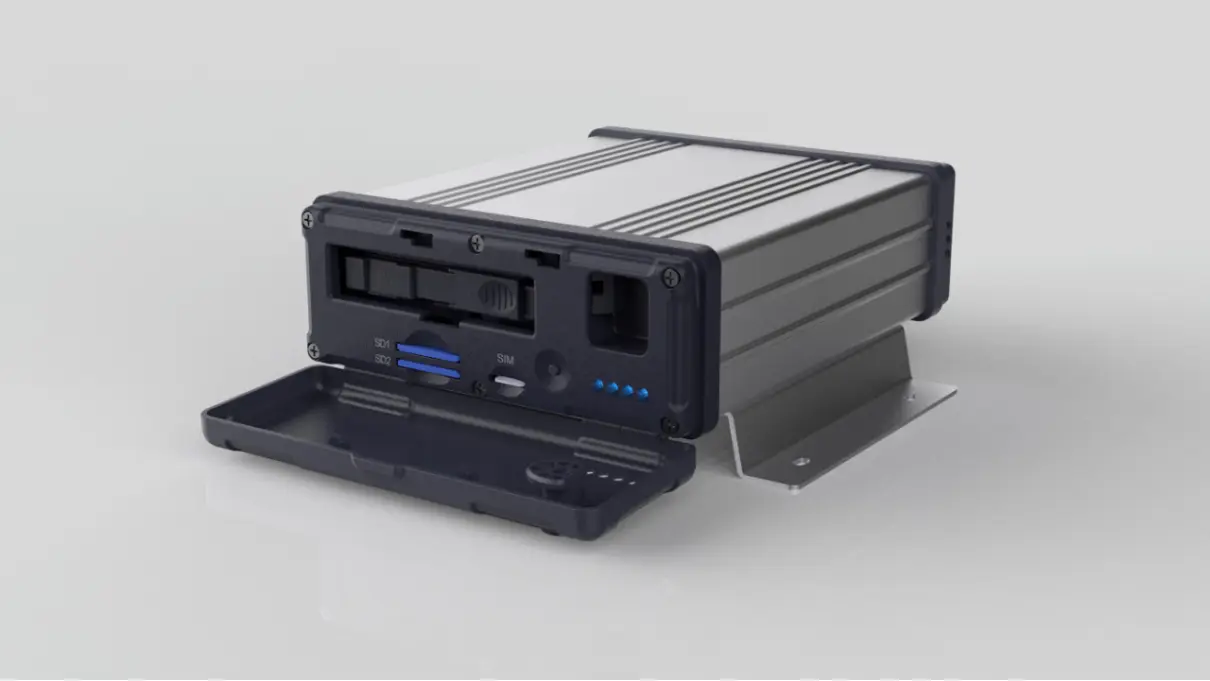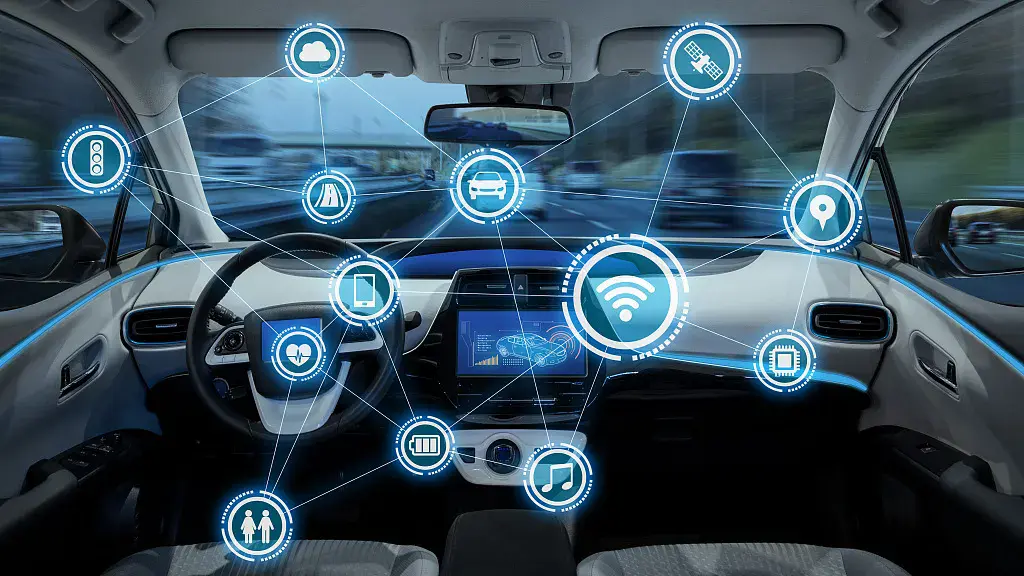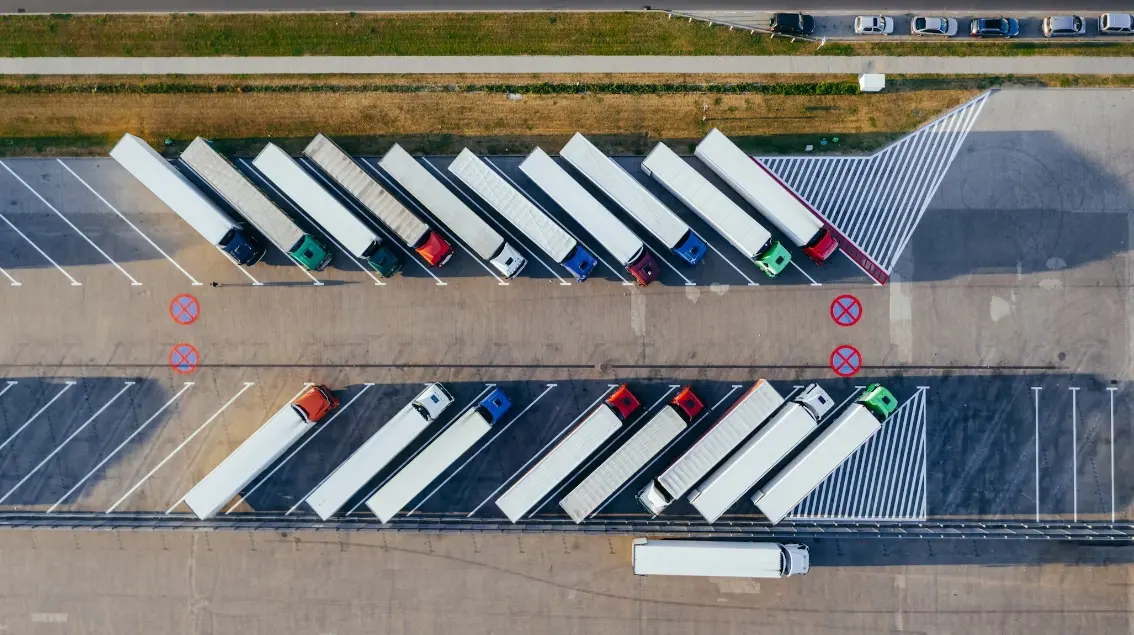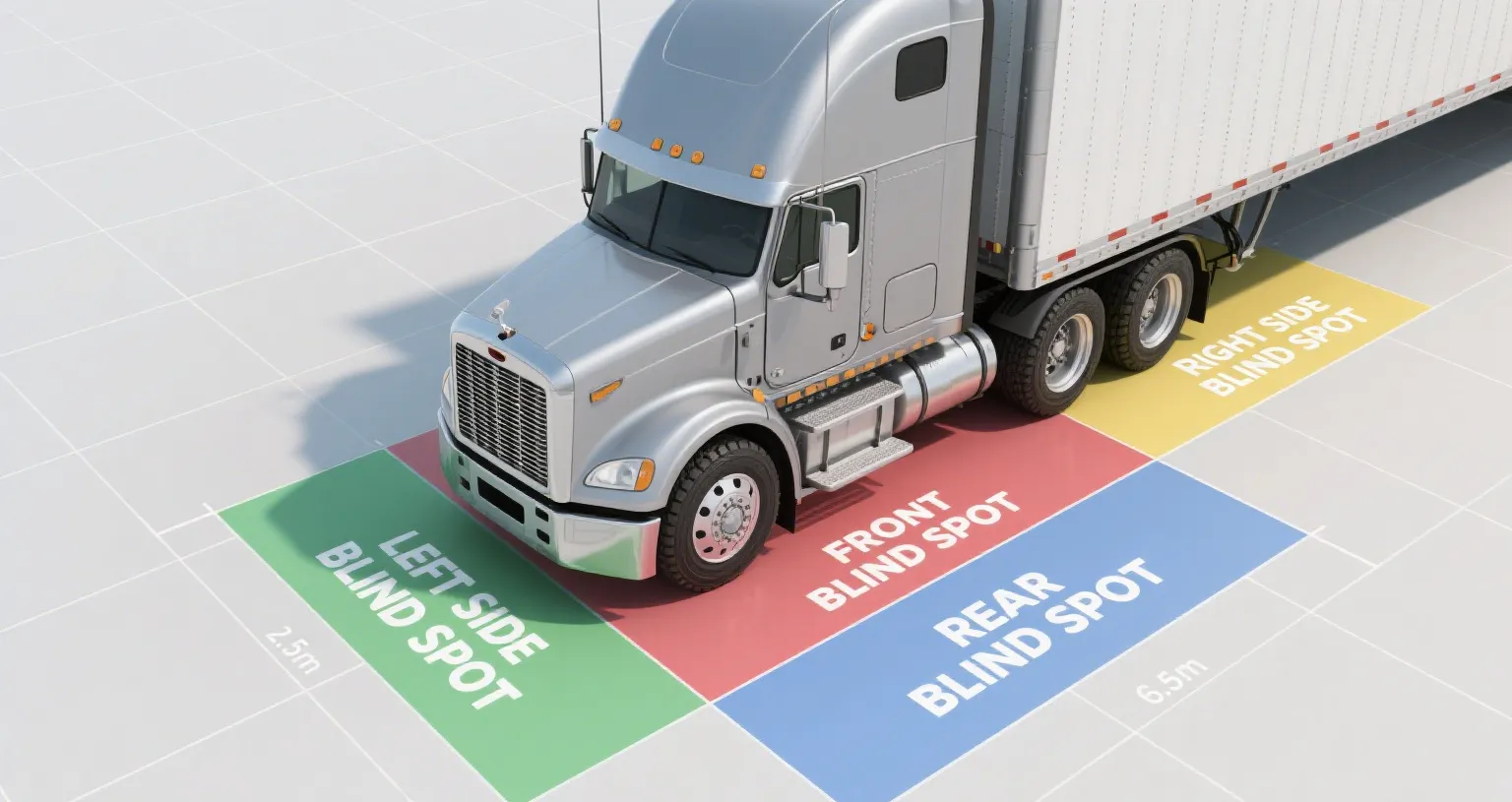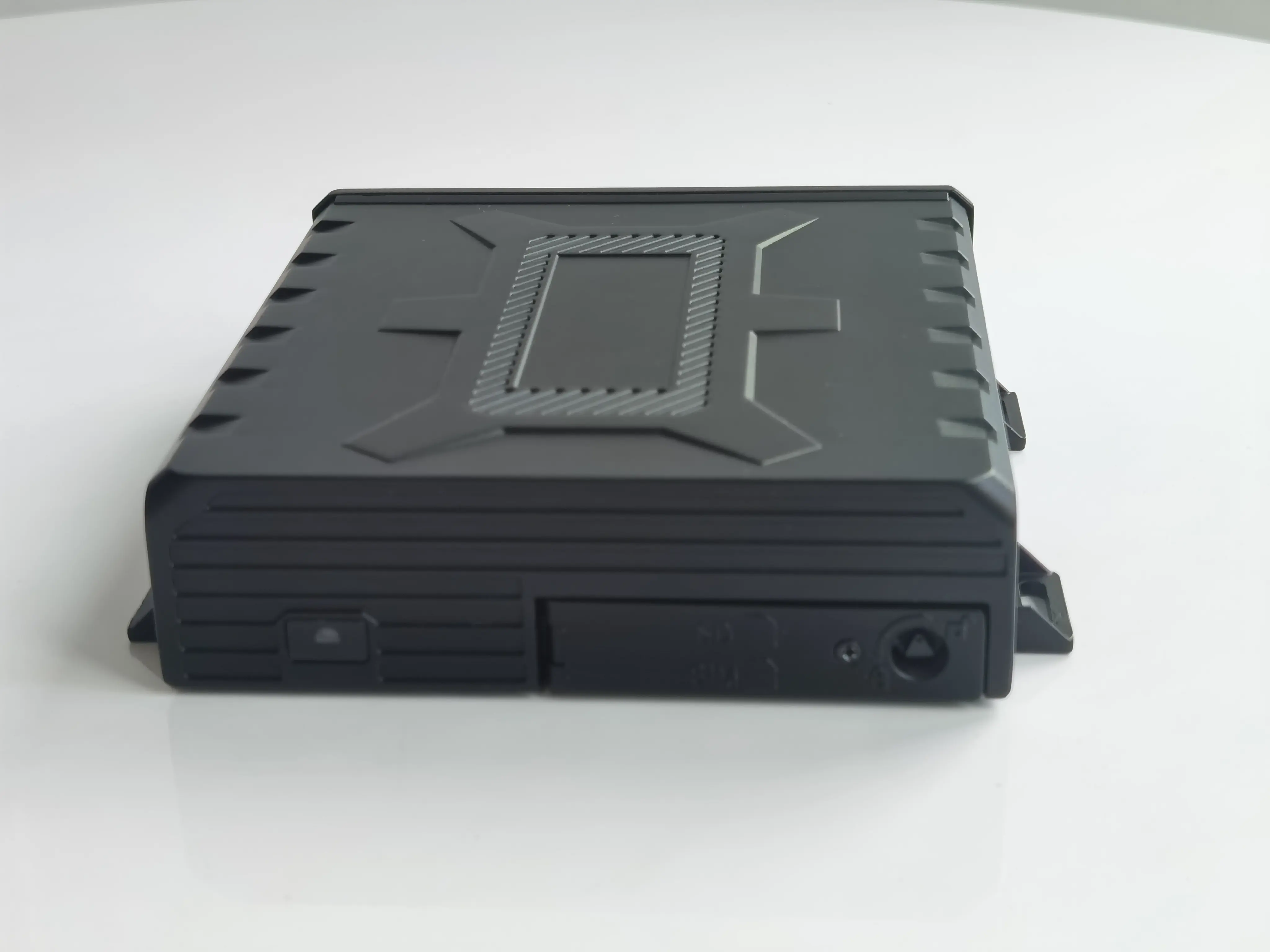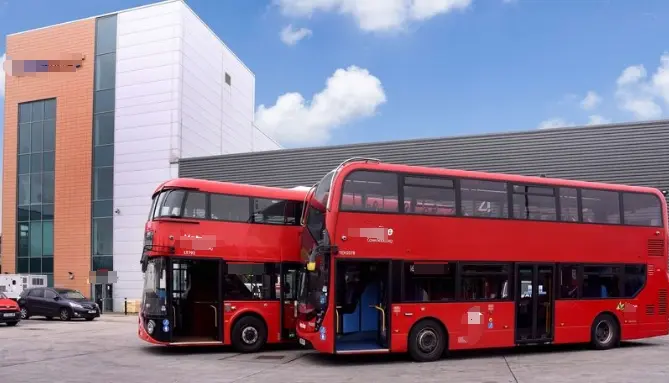What Is a Car DVR Camera?
Car DVR Camera
With the rapid development of intelligent transportation and the logistics industry, the vehicle-mounted DVR (Digital Video Recorder) has become an essential smart monitoring device for public transportation, logistics vehicles, and private cars. It not only records driving footage in real time but also provides critical support for safety management through GPS positioning, wireless transmission, and other technologies.
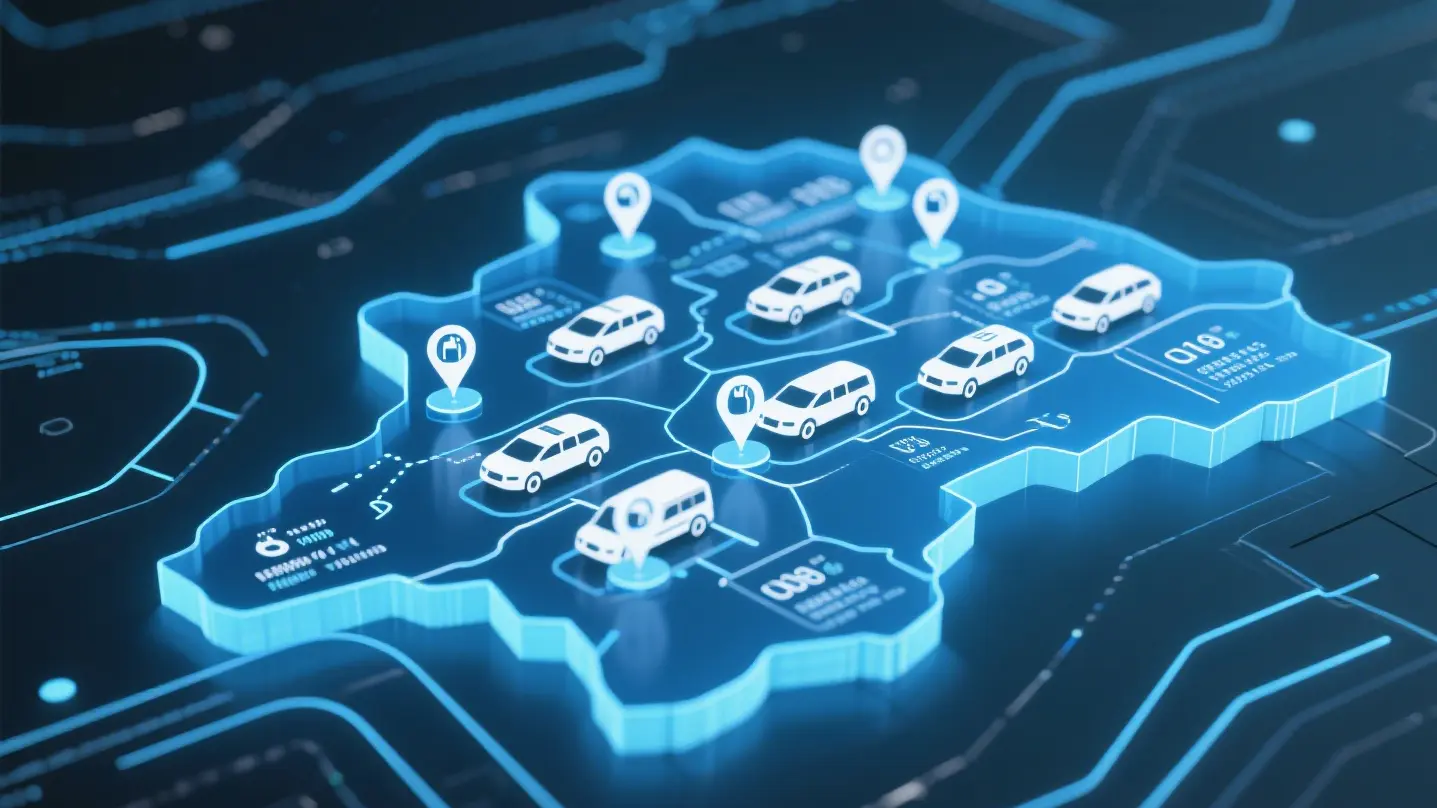
Definition and Functions of a Vehicle DVR
A vehicle DVR is an embedded monitoring device specifically designed for vehicles, integrating technologies such as H.264/H.265 audio-video compression, GPS positioning, 4G wireless communication, and GIS geographic information. It supports 24-hour continuous recording and multi-dimensional data collection. Its core functions include:
1. Real-Time Monitoring and Recording
① Supports multi-channel synchronized recording (e.g., front view, rear view, in-car), with resolutions up to 1080P or 4K, ensuring clear visibility of license plates and facial details.
② Uses a loop recording mode—when storage is full, older files are automatically overwritten, eliminating the need for manual intervention.
2. Event Trigger and Emergency Locking
Built-in G-sensor automatically locks current video segments during collisions or sudden braking to prevent overwriting critical evidence.
3. Parking Monitoring and Security Protection
Connects to the vehicle battery via hardwiring, enabling low-power monitoring while parked. Automatically wakes and records when detecting abnormal motion or impact.
4. Data Integration and Intelligent Analysis
① Combines GPS data to embed location and speed information into video files, providing time-space evidence for accident analysis.
② Supports wireless transmission (Wi-Fi/4G), allowing users to view or download footage remotely via smartphone.
Working Principle of Vehicle DVR
A vehicle DVR operates efficiently through multi-module collaboration, with its core technical architecture as follows:
1. Storage Mechanism: Balancing Reliability and Convenience
(1) Storage Media Options:Supports hard drives, USB flash drives, and SD cards.
① USB Flash Drive:No mechanical parts, strong anti-vibration capability, suitable for bumpy roads; easy data transfer via USB port.
② SD Card:Flexible capacity but should avoid frequent removal.
③ Hard Drive:Large capacity but requires additional shock absorption design.
(2) Intelligent Storage Management:Uses loop recording combined with event-locking features to ensure critical data preservation.
2. Signal Processing and Compression Technology
① Video Encoding:Uses H.264/H.265 algorithms to balance compression rate and image quality, suitable for low-bandwidth wireless transmission.
② Multi-Channel Synchronization:Supports four or more camera inputs, enabling real-time encoding and storage through an embedded processor.
3. Positioning and Communication Module
① GPS/BeiDou Positioning:Provides real-time vehicle location, speed, and route tracking, integrating GIS maps for dynamic monitoring.
② Wireless Transmission:Uploads video and positioning data to the cloud via 4G network, enabling remote access and management.
4. Power Supply and Anti-Interference Design
① Wide Voltage Power Supply:Adapts to voltage fluctuations during vehicle startup/shutdown (9–36V), with built-in capacitors ensuring stability in extreme temperatures.
② Electromagnetic Shielding:Aluminum alloy housing reduces electromagnetic interference affecting signal quality.
Types of Vehicle DVR Systems
Depending on the application scenario and integration level, vehicle DVRs can be categorized as follows:
1. Single-Channel Basic Model
Single camera design, suitable for taxis or private vehicles; low cost and easy installation.
2. Dual-Channel Monitoring Model
Front and rear cameras record both external road conditions and interior views; commonly used in ride-hailing vehicles and school buses.
3. Multi-Channel Integrated Model
Supports 3–4 cameras covering side and cabin areas; widely used in logistics fleets and special-purpose vehicles.
4. Intelligent Platform Integrated Model
Integrates with in-vehicle infotainment systems (e.g., central control screen) and supports extended features like advertisement playback and passenger information management.
How to Choose a Vehicle DVR
1. Image Quality and Resolution
Choose at least 1080P resolution for clear detail capture; a frame rate of 30FPS or higher is recommended for smooth motion recording.
2. Storage Expandability
Should support up to 128GB SD cards or external hard drives for long-duration continuous recording.
3. Environmental Adaptability
Must pass vibration resistance (spring or oil-damper suspension), waterproofing (IP67 rating), and wide-temperature (-20°C to 70°C) tests.
4. Intelligent Features
Includes AI behavior recognition (e.g., fatigue driving alerts), voice intercom, and remote upgrades to enhance management efficiency.
Recommended Best Vehicle DVR for 2026
This industrial-grade waterproof terminal is designed for harsh environments and integrates intelligent systems such as ADAS (Advanced Driver Assistance System), DSM (Driver Status Monitoring), and BSD (Blind Spot Detection). It supports six-channel HD video input, making it ideal for commercial fleets and special vehicles.
Key Advantages:
1. All-Scenario Waterproofing and High Reliability
① Uses industrial-grade chips and waterproof construction (IP67 standard), suitable for forklifts, construction machinery, ships, and other humid or vibration-prone environments.
② Simple front panel design with intuitive indicator lights for easy installation and maintenance.
2. Integrated Intelligent Driving Safety
① ADAS:Provides real-time warnings for forward collision and lane departure, adaptable to both day/night and rainy conditions.
② DSM:Monitors driver fatigue and distraction to reduce accident risks.
③ BSD:Eliminates blind spots via side-view cameras.
3. Efficient Storage and Cloud Management
① Supports SD cards and M.2 SSDs with an anti-tamper streaming file system.
② Dual-stream 4G transmission enables real-time remote monitoring, cloud diagnostics, and parameter configuration (“Cloud Guardian” function), significantly reducing operational costs.
③ Multiple rear interfaces compatible with various peripherals (e.g., IPC cameras, video outputs).
4. Precise Positioning and Scalability
① Dual-mode BeiDou/GPS positioning (optional RTK high-precision module) combined with inertial navigation ensures stable signal reception.
② Supports six input channels, voice intercom, and TTS voice broadcast, meeting intelligent transportation needs.
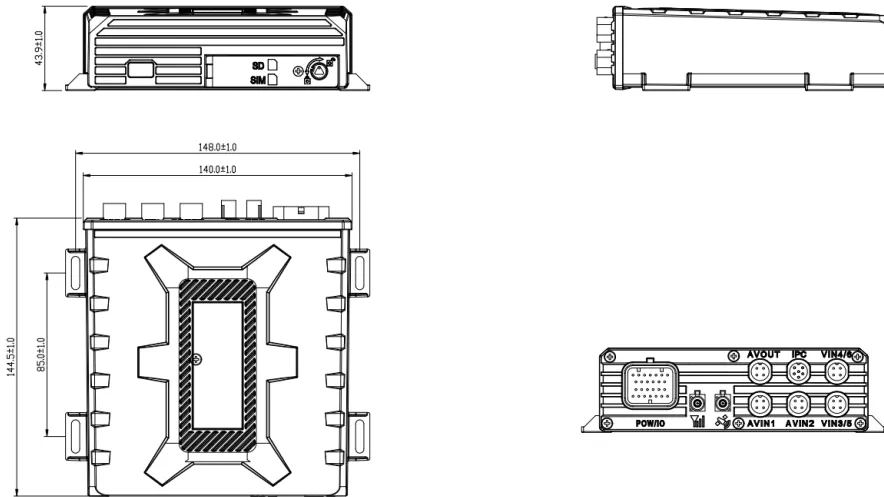
Recommended Reason:
The F6 Terminal, with its multi-modal intelligent analysis, waterproof durability, and cloud collaboration capabilities, sets the benchmark for commercial vehicle monitoring in 2026. It is especially suitable for logistics, public transportation, and specialized vehicle sectors.
Email:hello@yuweitek.com
















